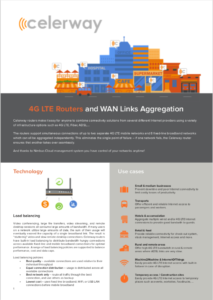
Resilient networking
4G LTE and Network Load Balancing Routers
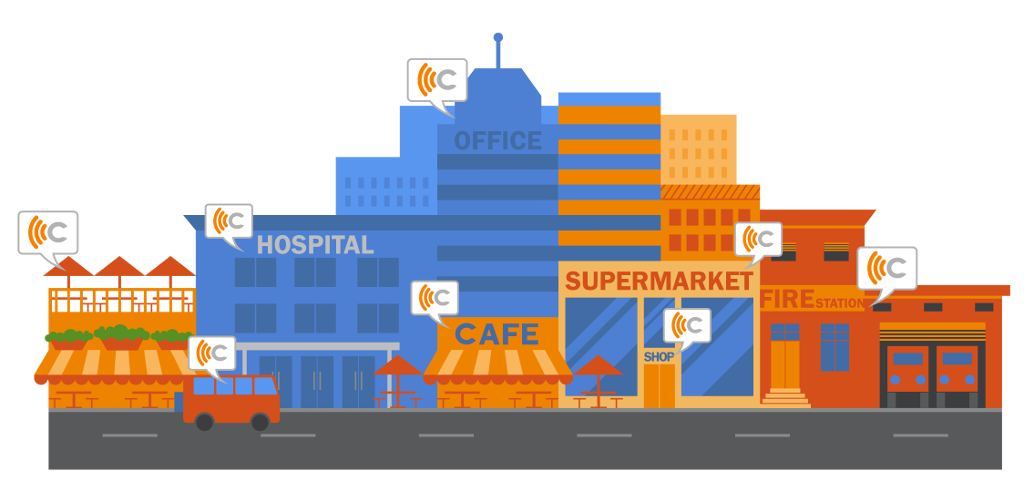
Celerway routers make it easy for anyone to combine connectivity solutions from several different Internet providers using a variety of infrastructure options such as 4G LTE, Fiber, ADSL,…
The routers support simultaneous connections of up to two separate 4G LTE mobile networks and 8 xed-line broadband networks which can all be load balanced independently. On top of improving total bandwidth throughput, this also eliminates the single point of failure – if one network fails, the Celerway router ensures that another takes over seamlessly.
And thanks to Nimbus Cloud management system you have control of your networks anytime!
Plug in wired broadband from up to 8 different companies
Insert SIM cards from up to 2 mobile operators covering your region
Remote router administration using Nimbus dashboards
Enjoy fault tolerant and load balanced connectivity
Realtime monitoring and failover
In case of poor performance or network failure Celerway routers automatically switch to the best available Internet connection.
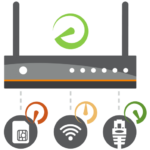

Advanced traffic balancing
Balance load per Internet connection based on cost, link quality, performance, or a combination
Remote administration
New routers automatically appear in the Celerway remote administration tool


Traffic groups
Fine-grained control of which network interfaces and load balancing policies are used for traffic to/from specific domains names, web sites, IP addresses, protocols, or for individual clients.

When a Celerway router is connected it automatically connects to the Nimbus administration system. Nimbus provides dashboards for easy management of large scale deployments, and configuration of core router features.
Selected features include:
- Management of projects and users
- Dashboards showing status of all deployed routers
- Graphical representation of changes to connection mode, quality, and link state
- Data usage per mobile and fixed line broadband connection
- Quota control for mobile broadband with data caps
- Monitor performance and up-time for each Internet connection
- Weekly and monthly reports
- Alerts in case of network failure
- Interactive map with router GPS positioning
- Router configuration
Why Celerway Routers?
There are a number of factors that can cause problems with network performance and stability. Cables can be severed during civil engineering projects, there could be scheduled downtime to upgrade infrastructure, power outages, or an Internet service provider could be targeted in denial-of-service attack. So while Internet access is everywhere, and while everyone increasingly relies on network access to do their work, there are few guarantees regarding stability. While statements of, for example, 99.6% up-time might sound good, it could mean 350 hours of downtime in a year. Consider the cost of 10 people being unable to work for one hour, or the inability to process credit card transactions for even 30 minutes in a store.
There is an alternative to continuing with one internet provider as single point of failure. Celerway routers makes it easy for anyone to combine connectivity solutions from several different Internet providers using a variety of infrastructure options. For example, a combination of several wired and mobile broadband solutions. This eliminates the single point of failure – if one network fails, the Celerway router ensures that another takes over seamlessly.
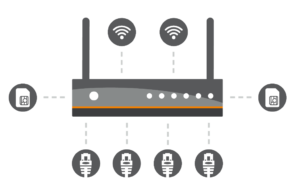
Network resilience
Celerway routers have built-in modems and advanced network load balancing. The routers can connect to several internet providers (networks) at the same time. For example, 4 different mobile operators with separate infrastructure, and up to 8 fixed-line broadband connections from different vendors. Multiple redundant connections and advanced monitoring algorithms ensure continued connectivity. So instead of being at the mercy of a single network provider, you get to chose how much redundancy is built into your network.
Intelligent real-time network monitoring
Celerway routers model network state by monitoring the real throughput of all available network connections and filtering out temporarily fluctuating links. The network throughput model is used to make decisions about where and how traffic should flow for maximum stability and the best possible performance. Information from the model is also used to generate graphical representations of historical network events like failures and poor link quality.

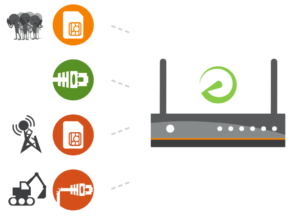
Network failover
In the event of performance problems or a failing network Celerway routers automatically redirect traffic to Internet connections with better performance. An added complication in failover scenarios is that businesses often rely on Virtual Private Networks (VPN) for secure communication with remote locations, payment systems, or critical infrastructure. When the main networking route to the internet fails or performs poorly these connections also go down. Re-establishing VPN connections with minimum impact to end users is an integral part of the failover handling in Celerway routers.
Load balancing
Video conferencing, large file transfers, video streaming, and remote desktop sessions all consume large amounts of bandwidth. If many users on a network utilize large amounts of data, the sum of their usage will eventually exceed the capacity of a single broadband link. The result is “stuttering” video and slow remote desktop connections. Celerway routers have built-in load balancing to distribute bandwidth hungry connections across available fixed-line and mobile broadband connections for optimal performance. A range of load balancing policies are supported to balance performance, cost and data caps.
Load balancing policies:
- Best quality – available connections are used relative to their individual throughput
- Equal connection distribution – usage is distributed across all available connections
- Best network only – route all traffic through the best connection, and use others as backup
- Lowest cost – uses fixed line broadband, WiFi, or USB LAN connections before mobile broadband






